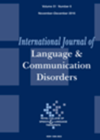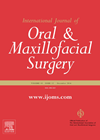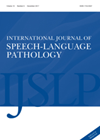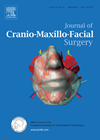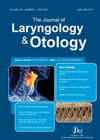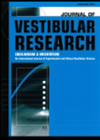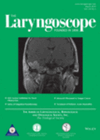
Journal Reviews archive for March 2019
Questionnaire to determine quality of life in Parkinson’s disease patients with swallowing problems
The quality of life (QoL) in individuals with Parkinson’s disease (PD) is often influenced by changes in their swallowing abilities. The authors of this paper have developed a valid, statistically appropriate questionnaire which is also clinically effective and can be...
Core or fine needle assessment in lymphadenopathy and salivary gland tumours
This paper from the Republic of Korea analyses 278 patients retrospectively, 112 of which underwent fine need aspiration and 166 core needle biopsies. Eleven patients had indeterminate fine needle aspiration cytology, six of whom had an additional core biopsy. The...
Maxillomandibular advancement for sleep apnoea
This is a meta-analysis compiled from India. Of the initial 103 publications, 20 were analysed. Surgical cure was defined as postsurgical AHI of fewer than five events per hour. Of the 251 patients assessed for AHI, 12 were considered normal,...
Do you know what aphasia is?
In 2001 a survey was conducted in a number of towns across the world, including Exeter in the UK, to identify the level of awareness and knowledge of aphasia in the community. Aphasia is difficulty in producing or understanding language...
Pedicle calcification – an uncommon problem
This paper from Germany describes an uncommon phenomenon of pedicle calcification in three cases. In patients from two centres that had fibula free flap reconstruction from January 2010 to January 2016, 68 cases had pedicle calcification and three cases were...
Differences between paediatric and adult cholesteatomas
An understanding of the differences between adult and paediatric cholesteatomas should be helpful in more effective management of the disease in children. In this study, the authors focused their comparison between paediatric and adult cholesteatomas to the operative findings, rates...
The relevance of rhinoplasty and septorhinoplasty from the commissioners
The rising costs of running the National Health Service and its overburdened resources has led to the constant monitoring of the low clinical value treatments. The operations of rhinoplasty and septorhinoplasty inevitably fall into this group and are subject to...
A new criterion for diagnosing chronic tonsillitis?
It is essential to establish the diagnosis of recurrent tonsillitis in patients undergoing tonsillectomy. This is based mainly on history which itself can be inaccurate and is supported by clinical findings which are not truly specific. There seems to be...
Consequences of Meniere’s Tumarkin crises
Many will be familiar with reports of frightening drop attacks without loss of consciousness experienced by some Meniere’s disease (MD) patients. This study analysed data from an electronic survey of over 600 members of a national Meniere’s society. The aim...
Does Tranexamic acid reduce intraoperative bleeding during FESS?
Intraoperative bleeding during FESS can reduce visibility and obscure important landmarks. This can result in longer operative times, increase risks of complications and even lead to incomplete surgery. Tranexamic acid is a drug which prevents fibrinolysis and stabilises blood clots....
Three-dimensional endoscopy for sinonasal procedures: is it really better?
In this interesting study the authors looked at the efficacy of two-dimensional (2D) versus 3D high-definition endoscopes in novice users, not those already trained in 2D. Ninety-two medical students used 2D and 3D endoscopes to complete two validated tasks and...
Peripheral nerve reconstruction using cell-enhanced acellular nerve grafts
Autologous nerve grafts are the current gold standard for peripheral nerve reconstruction. This systematic review analyses the role of cell-enhanced acellular nerve (ANA) grafts on the regeneration of peripheral nerve injuries. Several studies have been published to examine alternatives to...

